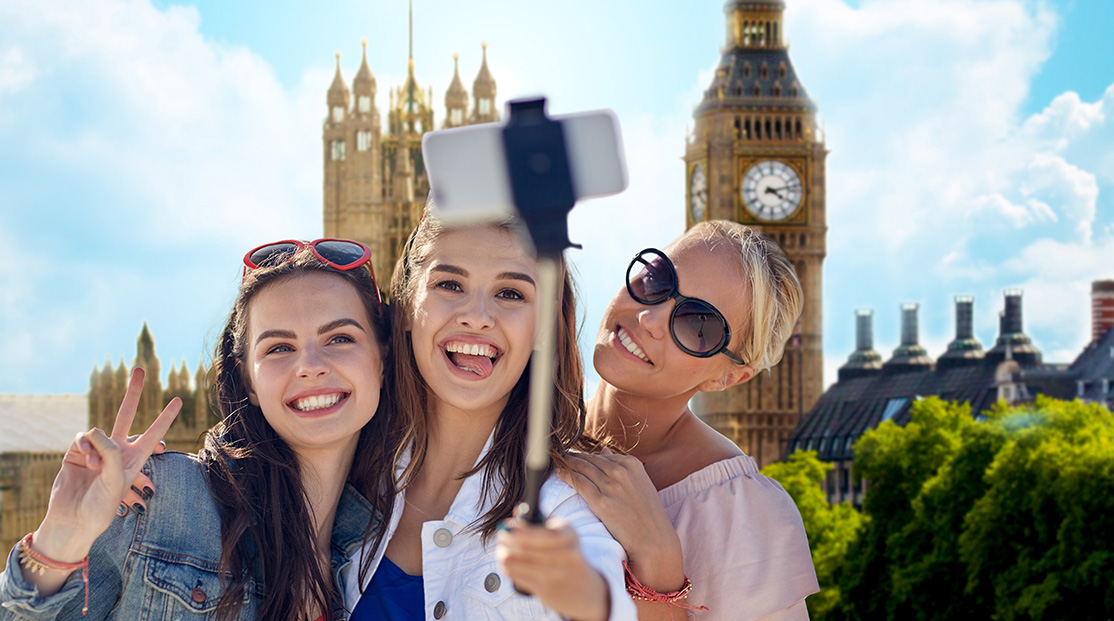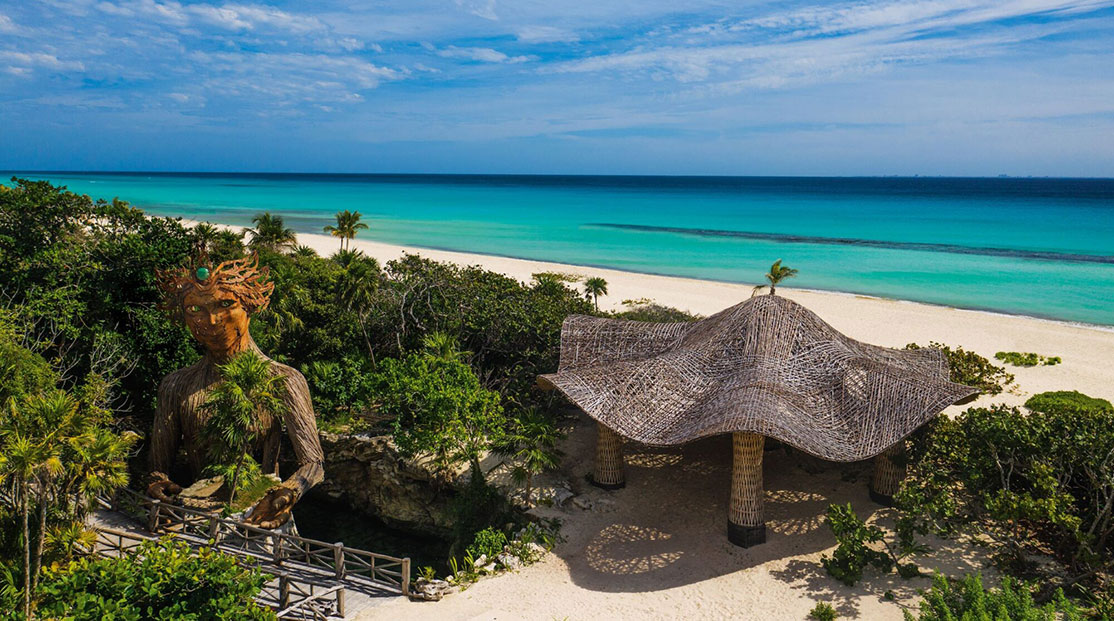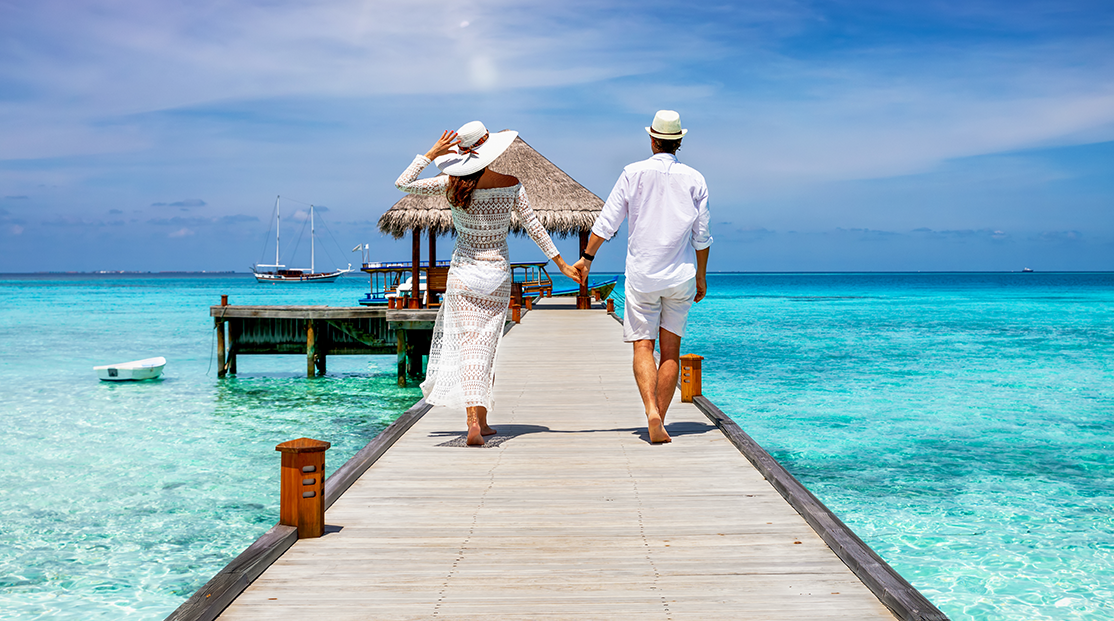Beautiful Kenya, sitting on the East African coast facing the Indian ocean, produces huge amounts of food, from bountiful fishing fleets, through to the coffee and tea grown in the fertile highlands.
Big game roam the 60 reserves and national parks, attracting thousands of tourists every year. The culturally diverse population is mainly Christian and about 11 per cent Islamic, but Kenya welcomes many traditions and its favourite national dishes represent the ultimate in fusion food.

Teacher Thelma Delgush was born in Mombasa, where almost half the population is Muslim, the largest Islamic community in Kenya. She moved with her family to Nairobi when she was 10. Thelma’s husband is also from Kenya and three of their four children were born there. The family later spent time in the UK and Thelma now lives in Riyadh, but still visits Kenya and has fond memories of celebrating Holy month there.
“Ramadan can be a little different in Nairobi compared to Mombasa,” she says. “Nairobi is more multicultural, which sets the tone for Ramadan there.
” We asked Thelma to share her impressions of Ramadan in Kenya.

How does Kenyan culture mark Ramadan?
In the lead-up to Ramadan, everyone starts thinking about getting essentials posted to them – for example we eat lots of dates and order supplies about a month in advance. Of course it’s a family time, so we arrange where everyone is going to be so we can spend time together. People tend to stock up on groceries so they don’t have to go shopping so often during Ramadan, although culturally, the markets are always a popular meeting place.
In the mosques the prayer mats are always ready – there’s a lot more traffic during Ramadan – and in the madrassa [religious school] where we learn the Quran, we’re taught more about the essence of its teaching, such as how to be a better person and seek forgiveness, to prepare us for Holy month mentally and spiritually. We also start practising fasting during Rajab and Shabaan, so we’re spiritually prepared for the month ahead.

What are the rituals around Iftar and Suhoor?
Firstly, it’s important to share Iftar with your neighbors. You take them some of your most delicious food and they will bring some to you, too, as a mark of generosity and kindness. It doesn’t matter whether you’re rich or poor, people share what they have. This is the beauty of Ramadan.
Every week you’ll be invited to a different family for the meal, which is a great honor. Women usually arrive early to help in the kitchen and guests will often bring food to add to the table. Usually, lots of households mix – there isn’t a single week when you don’t, although this year Covid will make that a little difficult.
By the time the adhan call to prayer comes at sunset, most Kenyan families will already be at home. Men go to the mosques while women finish the food preparations. Career women have to negotiate with their employers to try to get off in time.
When prayer is sounded and fast is broken, people take dates to eat – an odd number, as is tradition! When the men pray at the mosque there will be food donated by the community, although there are always street vendors outside selling delicious snacks, such as viazi karai (battered potato dumplings) and kaimati (sugary donut bites). The vendors are popular with children who spend their pocket money on treats, while men leaving the mosque after prayers will often buy some extra tidbits to bring home for the family.
Back at home we sit down on a traditional sisal woven mat, called a mkeka, although plastic versions are available these days, which are prettily embroidered. We sit on the floor and eat from one big plate so that everyone eats together. Being together as a family, and Ibadah, is really the essence of Ramadan.
For Suhoor, the women go into the kitchen very early and cook dishes such as rice, vegetables and stews. We also have dates with water or juices, all eaten before sunrise. My own children might have cereal. Every family has its own traditions.

What special dishes do you prepare for Iftar and Suhoor?
Swahili food has a lot of Arabic and Indian influences. When we break fast in the evening, it’s often with some kind of tropical juice. If you’re from the coast, maji ya ukwaju (tamarind juice) and mango juice are popular choices.
For Iftar, we start with a special spicy porridge made with wheat flour, ginger, cinnamon and black pepper, called uji wa dawa. For the main meal, we might have chapati with maharagwe ya nazi (kidney beans in coconut milk), and mahamri (a type of sweet fried bread) served with viazi vya rojo (potato curry with a lemony tomato paste).
There are always several options for dessert. Viazi vya tamu (sweet potatoes in coconut milk) is delicious, as are ndizi za tamu (plantains in coconut milk) and mkate wa sinia (rice coconut cake) - there are lots of coconuts in Mombasa!
We’ll have a break at around 8pm for prayers, and afterwards everyone is famished again. Typical Suhoor dishes include rice and beef stew, mkate wa tambi (vermicelli cake), or a simple meal of milk and dates.

Do you buy or wear any special outfits for Ramadan?
When I was in Kenya this wasn't a big tradition, although people do like to dress up. We do prepare for Eid but not for Ramadan – you have to wear new clothes to go to the mosque for Eid.

Do you decorate your home for Ramadan?
The idea of decorating is quite new in Kenya, so there are no typically Kenyan decorations, but we borrow things from other cultures and these days people often put up lanterns. Also, special mats come out – you have guests almost every evening so you have to keep the house tidier than usual!

How do you celebrate Eid?
In Mombasa it lasts about three days. On the first day everyone wakes up bright and early. We have the tak bir – God is great – and hundreds of people gather for communal prayers in a field or park and pray together. Parks are usually allocated for this purpose in every city.
We wear new outfits, or our best, and all the women dress up. We come home for a very heavy breakfast, then you might visit other homes for the Eid handshake. We also serve breakfast to neighbors and visitors. When families go from house to house that morning, children accompany them, and are given gifts of chocolate or sweets.
For lunch there may be something like a chicken biryani and different families have meals together, then in the afternoon children go to theme parks – there are lots of activities. On the second day there is more food, more family togetherness and many more visits. There’s lots of fun – it’s such a beautiful time.

Where will you be spending Ramadan this year?
I’ll most likely be in Saudi where the celebrations are loud and joyous! As it’s a Muslim country you can sense that it’s Ramadan. The community is out on the street and you feel the vibe everywhere you go.
As Saudi is a Muslim country there’s more Ramadan in the air! Kenya is much more multicultural. Dressing up is more common in Saudi than in Kenya. Really, there are more similarities than differences. Even the food is similar but in Saudi the porridge is salty while in Kenya it’s spicy.
DON'T MISS
- Ramadan in Afghanistan
- Ramadan in Morocco
COMING SOON
- Ramadan recipes from Kenya





